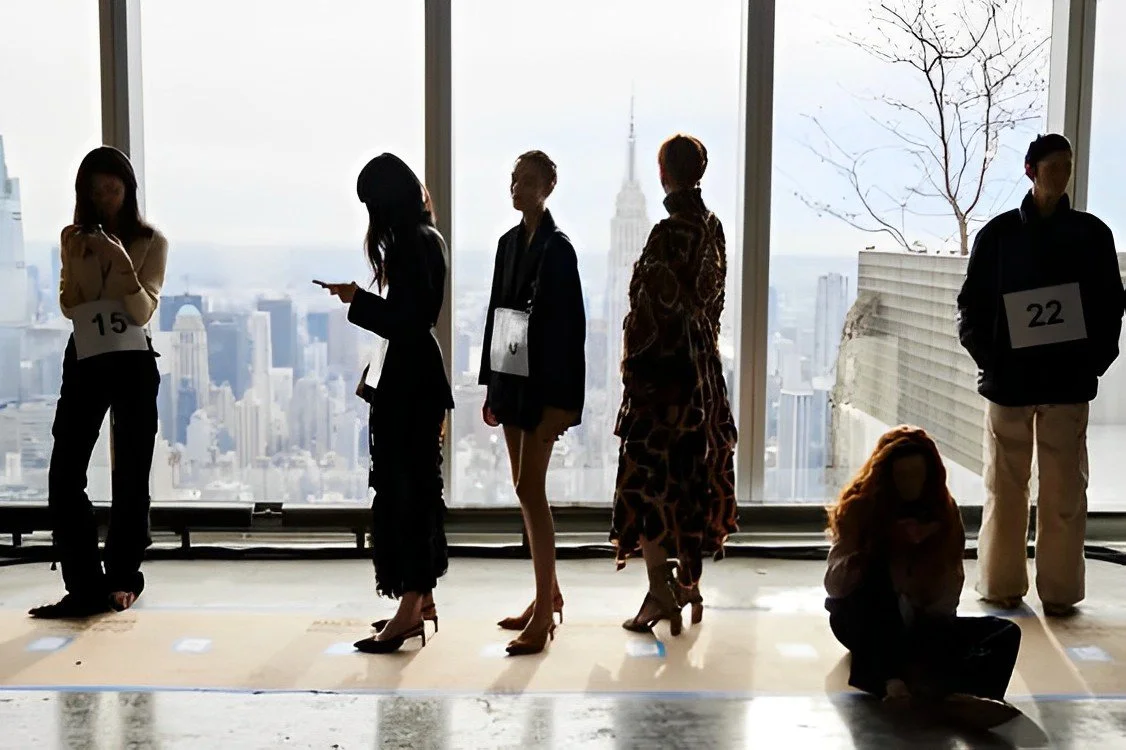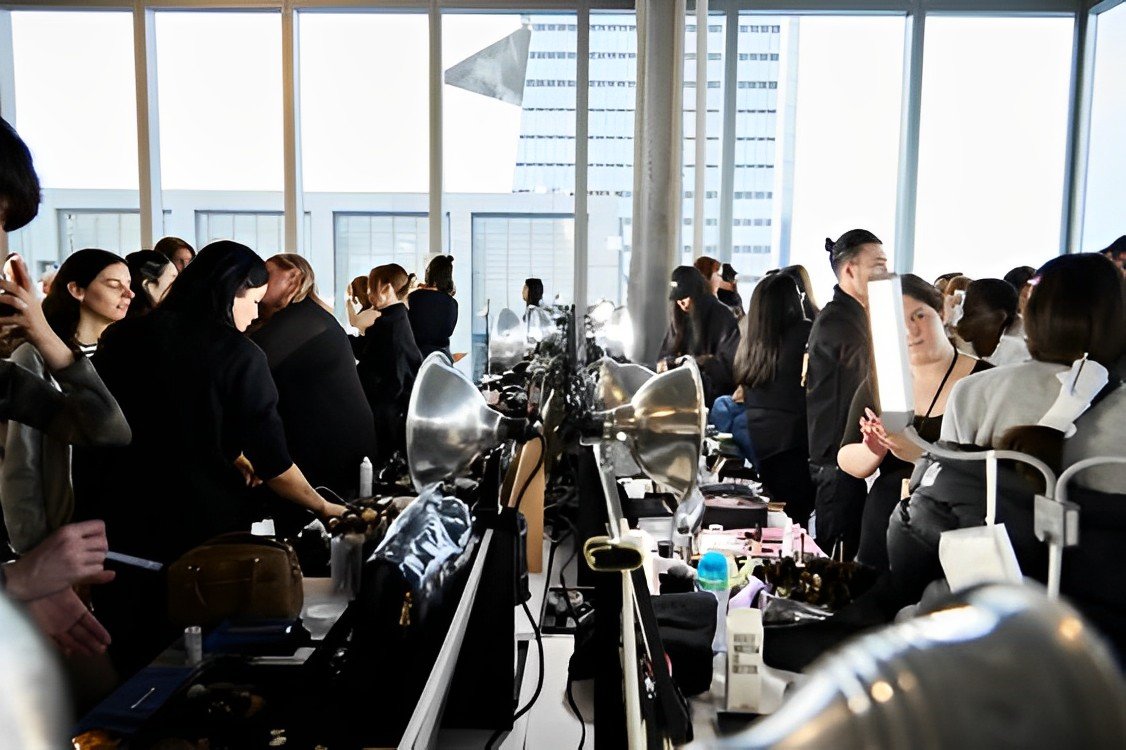THE EVOLUTION OF NYFW
New York Fashion Week (NYFW) is one of the most prominent fashion events in the world, held semi-annually in February and September. Alongside London, Milan, and Paris, it forms the 'Big Four' global fashion weeks. NYFW has come a long way since its inception, setting trends and leaving an indelible mark on the fashion world. Here is a detailed timeline of the historical development of New York Fashion Week.
1943: Press Week
New York Fashion Week originated as 'Press Week' in 1943, initiated by Eleanor Lambert, a visionary fashion publicist. The aim was to divert attention from French fashion during World War II when industry insiders were unable to travel to Paris. It was an innovative concept where designers could showcase their creations directly to the fashion journalists, thereby providing American designers with a platform to be seen by the fashion press.
1950s: Becoming Biannual
By the early 1950s, Press Week had become a biannual event, attracting more and more foreign journalists. The shows were decentralized and held at various locations, from designer showrooms to hotels. The event began making a significant impact globally, leading to the recognition of American designers and the birth of "American style."
1993: A Centralized Location
In 1993, after a ceiling collapsed during a Michael Kors show, Fern Mallis, the Executive Director of the Council of Fashion Designers of America (CFDA), moved the shows to a central location—Bryant Park. The tents at Bryant Park became an iconic symbol of New York Fashion Week, providing a uniform, more organized platform for the shows. It was officially branded as '7th on Sixth,' referring to the event's location on Sixth Avenue.
2001: New Venue – Lincoln Center
After over 15 years at Bryant Park, the event relocated to Lincoln Center in 2001 due to the need for more space. While the location was controversial due to zoning laws and neighborhood protests, the shows continued at this location for nearly a decade.
2010: Name Change
In 2010, the event officially changed its name from 'Mercedes-Benz Fashion Week' (a title it held due to a sponsorship agreement) to New York Fashion Week (NYFW). However, many in the industry had been informally using the term 'New York Fashion Week' for years.
2015: Multiple Venues
After a lawsuit from local residents, NYFW had to leave Lincoln Center. The fashion week was then split between two primary locations—Skylight at Moynihan Station and Skylight Clarkson Sq. The split resulted in a more decentralized format, akin to its early years, with shows being held at various creative venues throughout the city.
2017: Making Room for Diverse Designers
In 2017, the Council of Fashion Designers of America (CFDA) launched the NYFW: Men’s, further expanding the scope of New York Fashion Week. Moreover, there was a conscious move to include more diverse and up-and-coming designers, with an emphasis on promoting sustainability and inclusivity in fashion.
2020 and Beyond: The Pandemic and Virtual Shift
The COVID-19 pandemic in 2020 profoundly impacted NYFW, with designers adapting to the changing scenario by embracing digital platforms. The pandemic-era fashion shows saw a mix of virtual and in-person events, maintaining social distancing protocols. Despite the challenges, it also presented new opportunities for innovation, with augmented and virtual reality playing a significant role in the shows.
From its inception as Press Week in 1943 to the current digital-dominated era, New York Fashion Week has evolved and adapted to the changing times. It remains an influential platform for designers, whether established or upcoming, to showcase their creativity and set the sartorial trends for the season. The historical timeline of NYFW underscores its resilience and its capacity to innovate, reflecting the dynamism and energy of the city itself.












